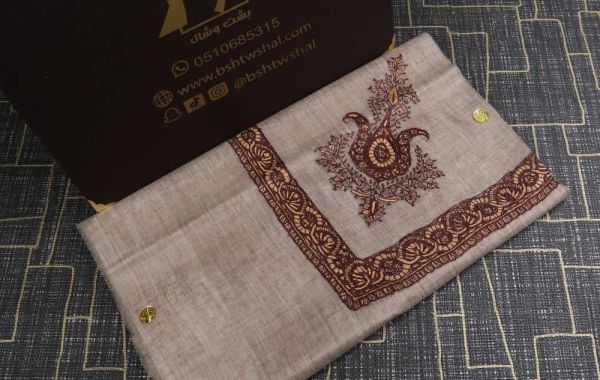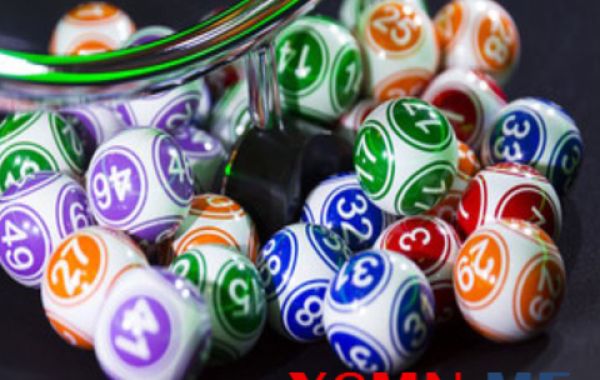The shemagh and shaila transcend mere fashion trends; they embody the essence of timeless elegance rooted in rich cultural traditions. From their practical origins to their diverse symbolic meanings, these garments hold a captivating presence that continues to resonate today.
Woven in History:
Shemagh's Journey: Tracing its roots back to ancient Mesopotamia, the shemagh, also known as the keffiyeh, has adorned heads across diverse regions for centuries. Its checkered patterns and colors often hold cultural significance, representing specific tribes, affiliations, or even political stances.
Shaila's Evolution: The shaila, worn by women in various cultures, boasts an equally rich history. Its presence is documented across diverse regions, serving as practical headwear, a symbol of modesty, and a marker of religious or social identity.
Beyond Adornment:
Practicality Reigns: In harsh desert environments, the shemagh shields wearers from the sun's harsh rays, wind, sand, and dust. Similarly, the shaila offers sun protection and hair management, demonstrating how practicality intertwines with cultural expression.
Symbols of Identity: The colors, patterns, and draping styles of the shemagh and shaila often carry deep meaning. They can represent specific regions, tribes, affiliations, or social status, becoming visual markers of belonging and cultural heritage.
Religious Expressions: For some communities, these garments hold religious connotations, signifying faith, devotion, and adherence to cultural norms. Their presence transcends mere adornment, becoming a symbol of personal belief and community connection.
Timeless Elegance:
Enduring Appeal: Despite their cultural roots, the shemagh and shaila have transcended regional boundaries, finding appreciation in contemporary fashion due to their unique aesthetic and versatile draping possibilities.
Classic Styles: From the iconic "desert wrap" of the shemagh to the elegant "cross-front wrap" of the shaila, these garments offer timeless styles that can be adapted for various occasions and personal preferences.
Cultural Exchange: The growing presence of the shemagh and shaila in modern fashion fosters cultural exchange and appreciation. It encourages understanding and respect for diverse traditions and expressions of identity.
Approaching with Respect:
While appreciating the aesthetic appeal of these garments, it's crucial to approach them with respect and understanding. If you're not part of the cultures where they hold specific meaning, consider their significance before incorporating them into your wardrobe. Opt for neutral colors and styles, and avoid designs with potentially sensitive cultural connotations.
Celebrating Diversity:
By acknowledging the rich history, practical uses, and symbolic meanings of the shemagh and shaila, we celebrate the beauty of cultural diversity. Their presence reminds us of the vast tapestry of human traditions and expressions, encouraging understanding and appreciation for different ways of life.
Remember:
Respect the cultural context: The shemagh and shaila are not just fashion items; they hold deep meaning for many communities.
Appreciate their significance: Research and learn about the cultural interpretations and meanings associated with these garments.
Embrace respectful appreciation: Celebrate the shemagh and shaila as symbols of cultural heritage and individual expression, fostering understanding and promoting cultural sensitivity.
Let these timeless pieces serve as a bridge to understanding diverse cultures and appreciating the richness of human expression. As we acknowledge their historical significance, practical aspects, and symbolic meanings, we celebrate the beauty of cultural heritage and embrace the elegance that transcends time and trends.
source:شيلان كشميري بشمينا








